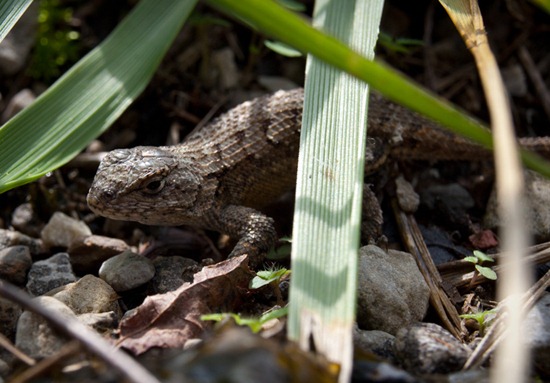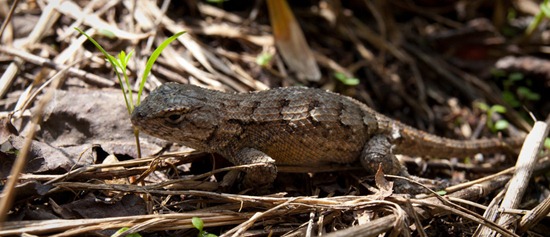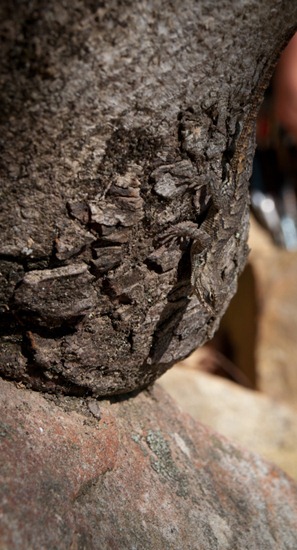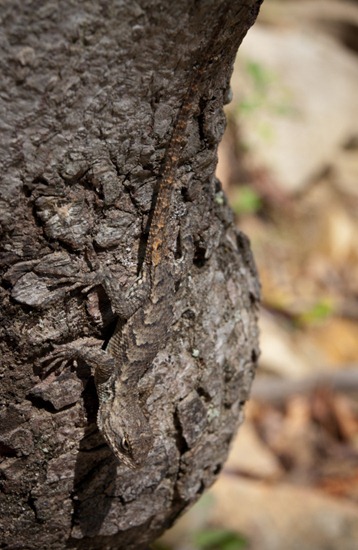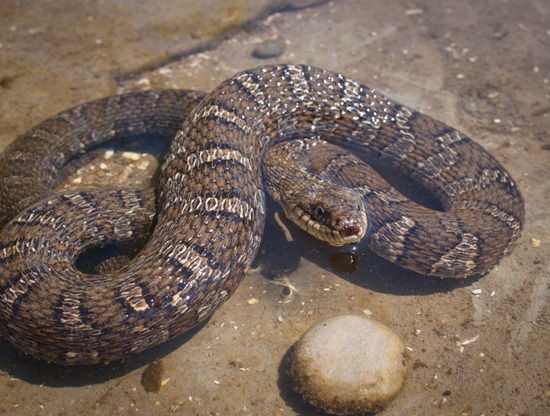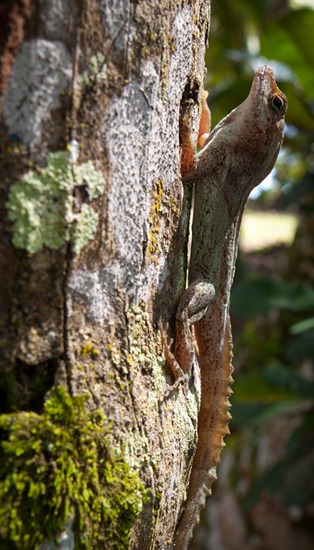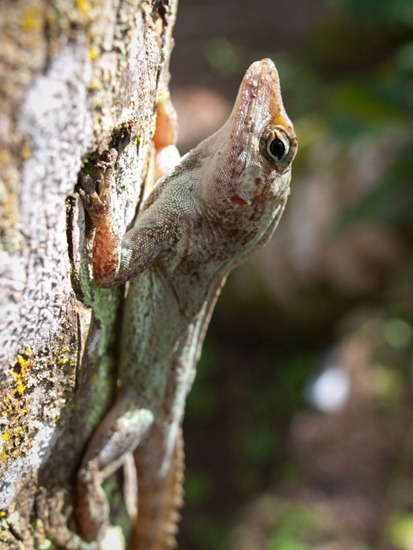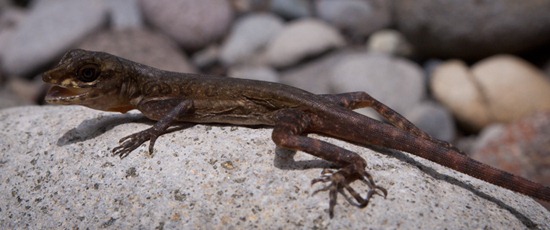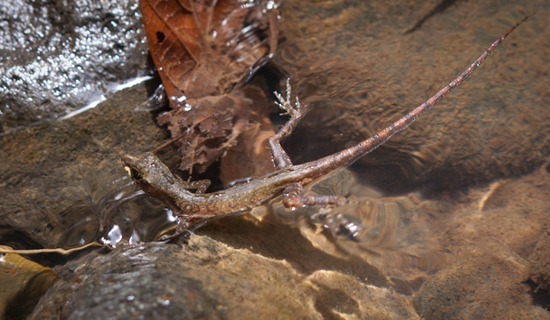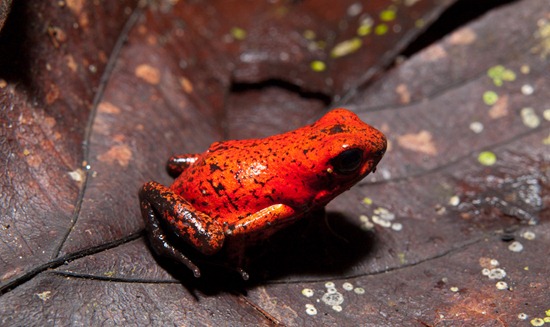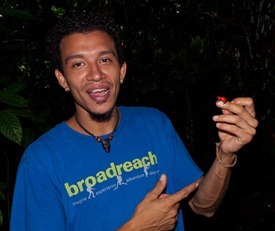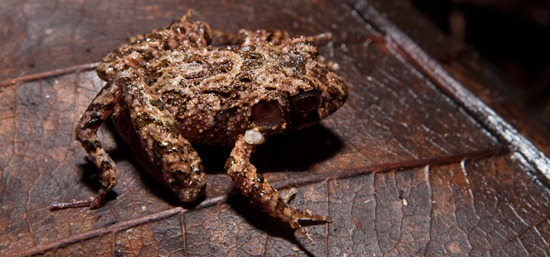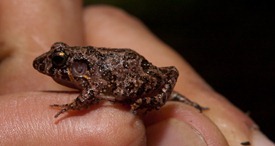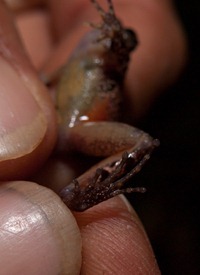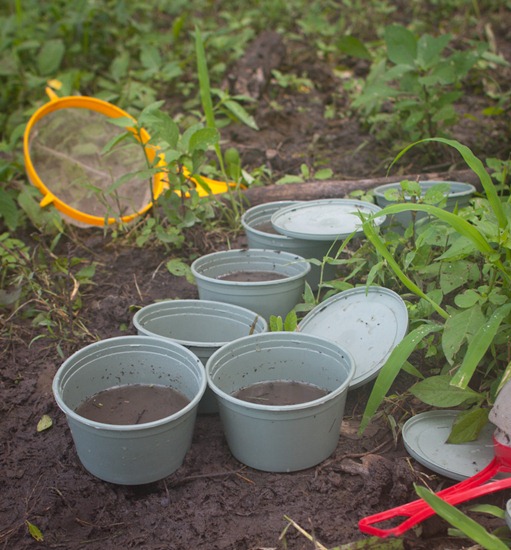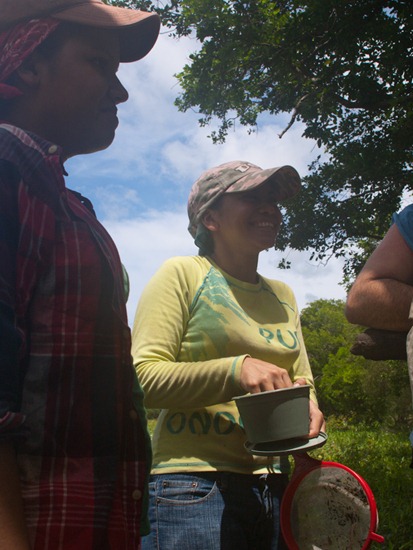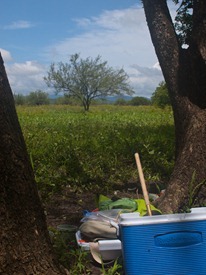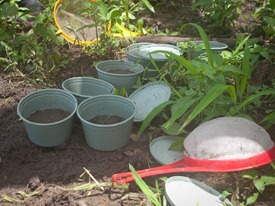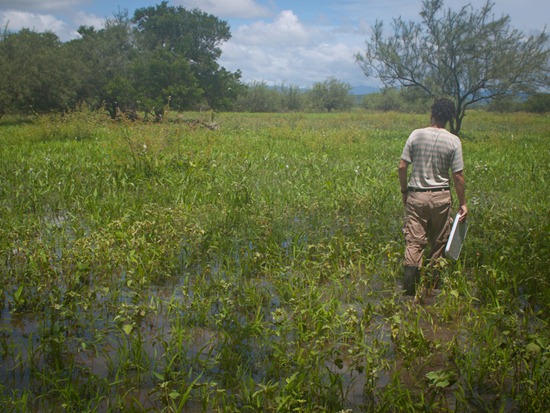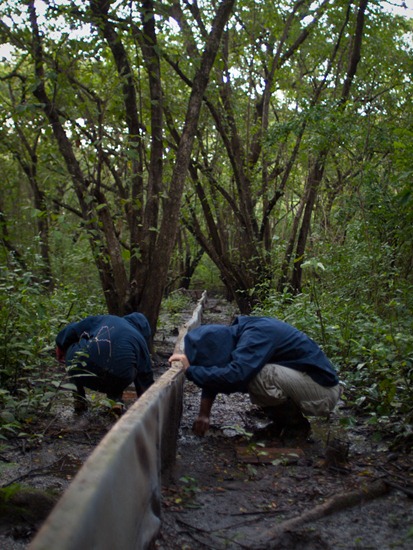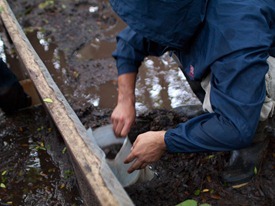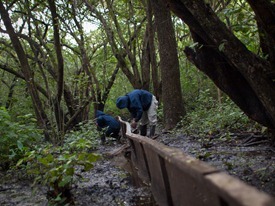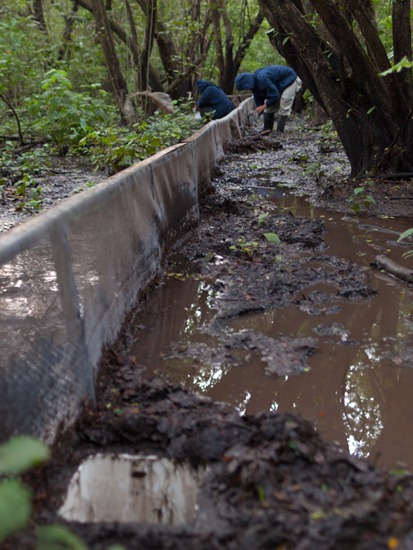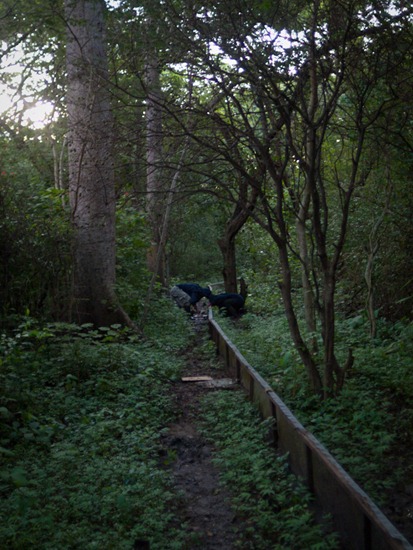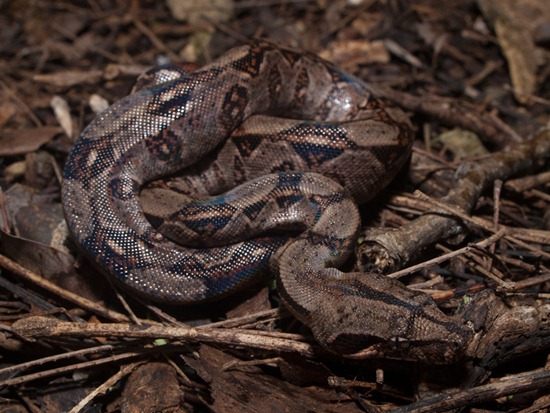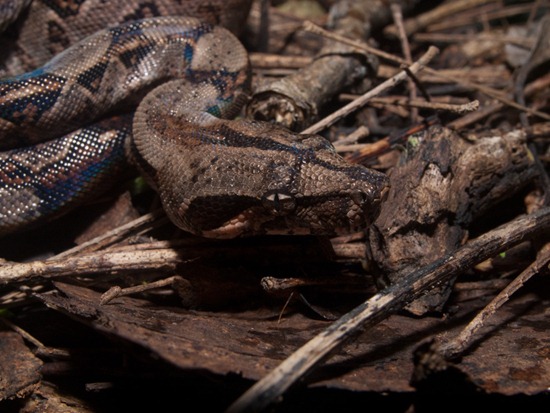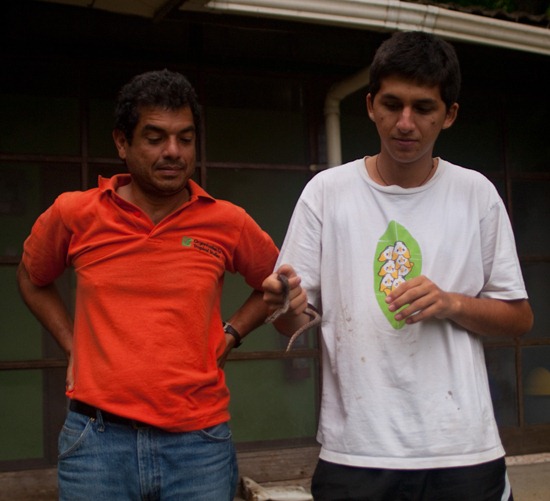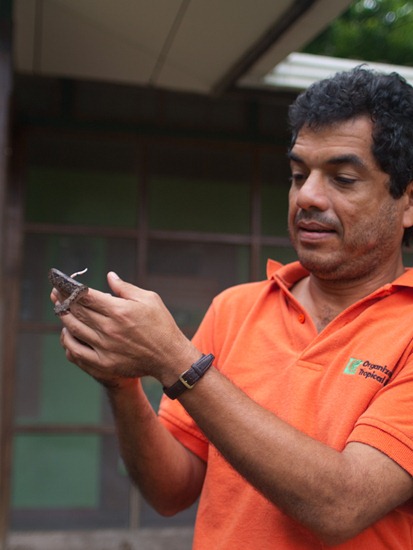A couple of juvenile Northern Fence Lizards Sceloporus undulatus from The Obed. Although these occur in Ohio, I had never encountered any and was quite excited to see these in Tennessee. The fence lizard is one of only a few non-skink lizards in Tennnessee, including a whiptail Aspidoscelis sexlineatus and an anole.
Tag Archives: Herps
Lake Erie Watersnake
If all that matters is locality, this is a Lake Erie Watersnake (Nerodia sipedon insularum) caught on the shore near Put-In-Bay, South Bass Island. However, N. s. insularum tends to have less pronounced patterning and an overall darker color than the mainland sub-species (sipedon), and this individual seems to fit that description. Interbreeding does occur, so it could even be a ‘hybrid’. Perhaps only genotyping will allow certainty…
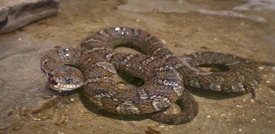 |
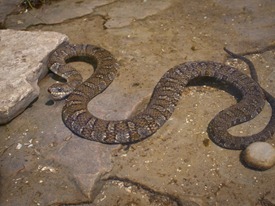 |
Ctenonotus cristatellus
This Polychrotid is a non-native to Costa Rica but is extremely common in parts of the Caribbean coast. It’s native to various Caribbean islands, such as Puerto Rico and Hispanola, and this one was caught outside Cahuita. The males not only develop a large, colorful dewlap, but also a crested tail, giving it the species epithet cristatellus. It’s fairly large and relatively distinctive in shape, similar to Norops capito.
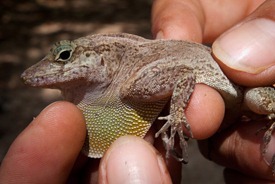 |
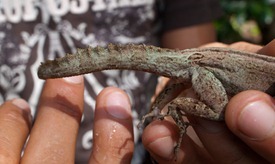 |
Norops oxylophus
This stream anole is frequently encountered in Reserva Biológica Alberto Manuel Brenes, and Boa and I found it at Hitoy Cerere.
Oophaga pumillio and Boa
Craugastor polyptychus
Using Savage’s (2004) key and photographs, my best guess for this little herp is Craugastor polyptychus. The former Eleutherodactylus group is exceptionally diversity and difficult to key… especially when the specimen in question was caught 2500 miles away a month ago and not retained, but merely photographed. Whatever it is, I’m sure it’s new for me, which makes my lack of a confident identification that much more frustrating.
Tadpole Collection
In June, Mahmood recruited his assistants to help me collect tadpoles. We collected several hundred of about three species, most of which were Leptodactylus spp. Both Arellys and Gabi, pictured below, seemed happy to be out of the lab and in an area not completely saturated with mosquitoes. In the last photo, Rubén walks into the wetland to collect some invertebrate samples for his own work. This area is also pictured here three months later.
Frog traps
Four 120 m long frog traps have been set up for Mahmood’s amphibian survey at Palo Verde. Nightly for two years ending in December, assistants collect, weigh, measure and count frogs that have fallen into 24 buckets buried in the ground on either side of the short fences shown below. The physical conditions of the traps vary, particularly given flooding events, but the environmental conditions are always harsh. The traps are set within 50 m of the wetland (at some points, like those here, they are more in the wetland), and mosquitoes have extraordinarily high abundances. The clouds of mosquitoes require use of full, hooded jackets to keep one’s sanity, which only emphasizes the heat and humidity of the surrounding dry forest. The data collected from this survey, however, provide an understanding of amphibian community and population dynamics in a region threatened with looming and dramatic climate shifts. These communities are so understudied, that one of the most common toad species (Incilius luetkenii) present at the park have only recently be described and separated from sister species.
Here, Arellys and Sergio open traps for the nightly collection. Most frogs caught at this time of year are Engystomops pustulosus (formerly known as Physalaemus pustulosus) froglets just emerging and travelling into the dark forest.

